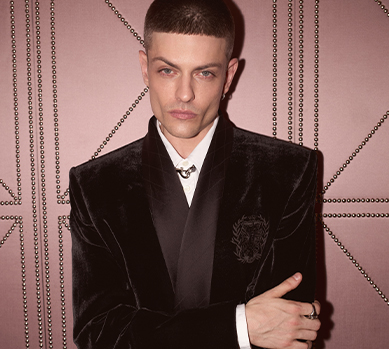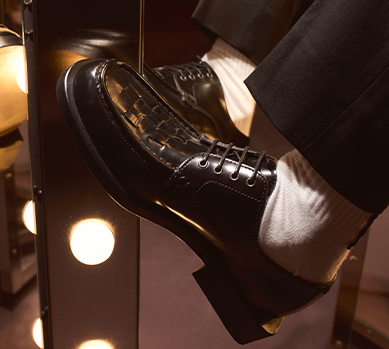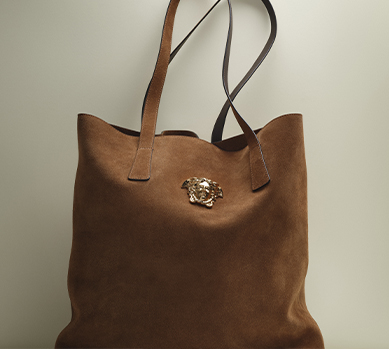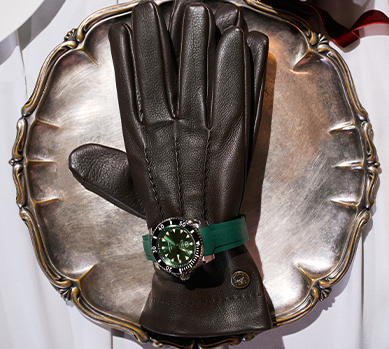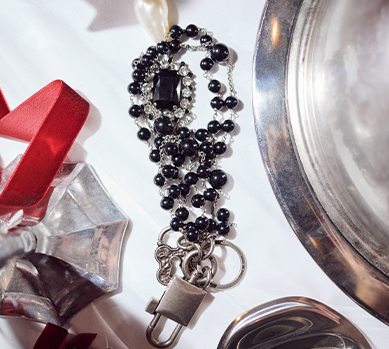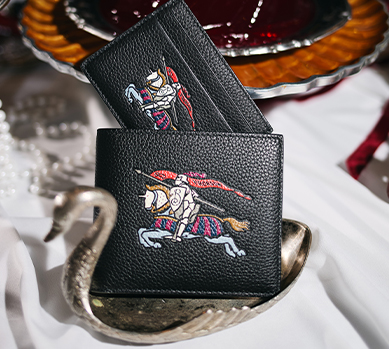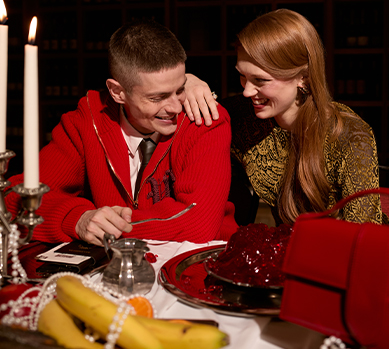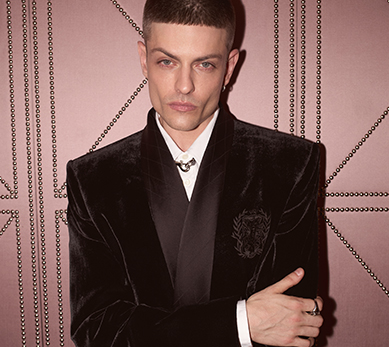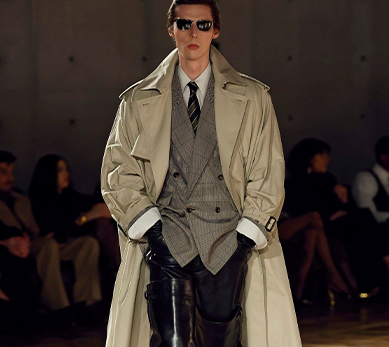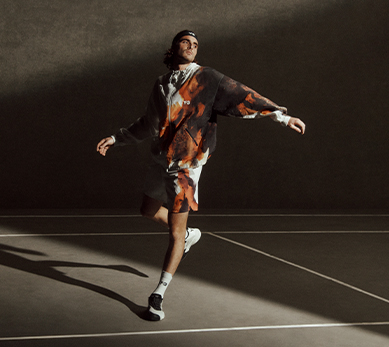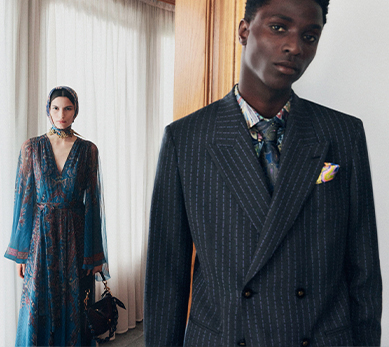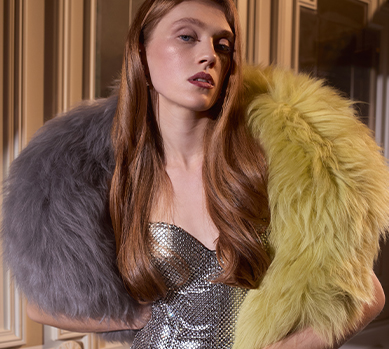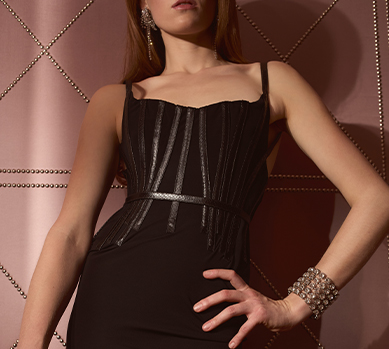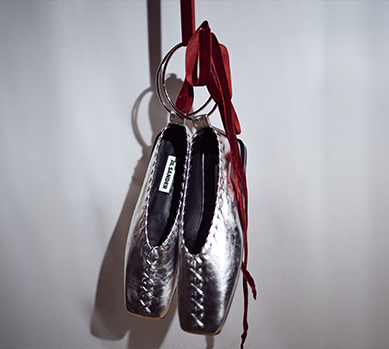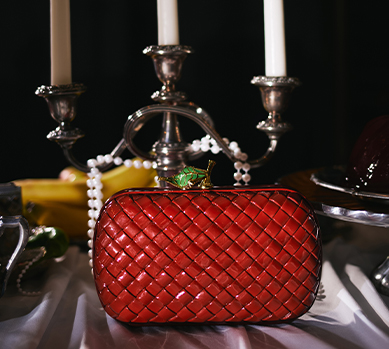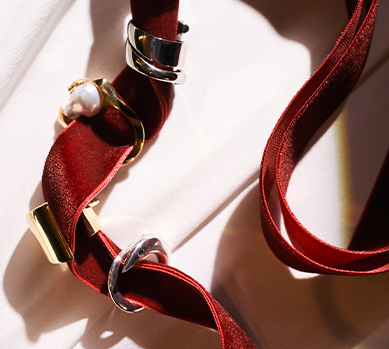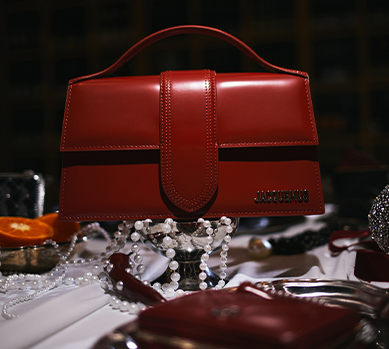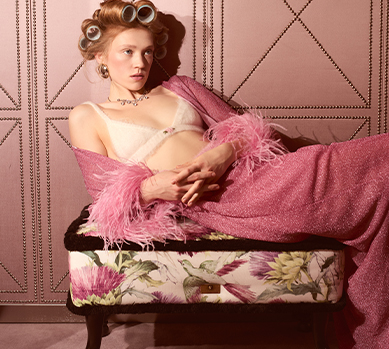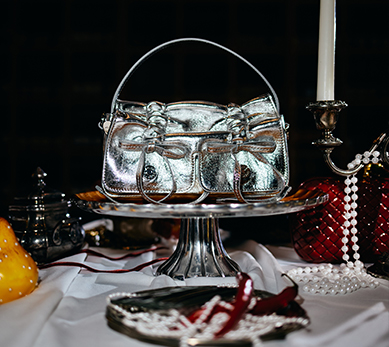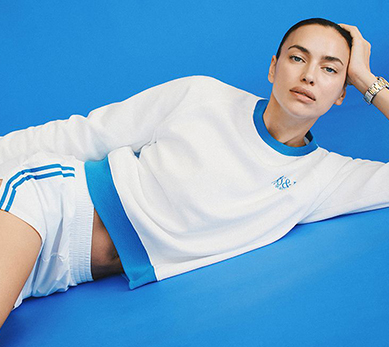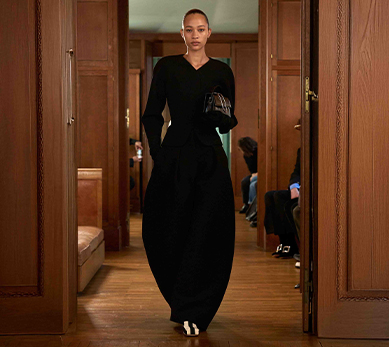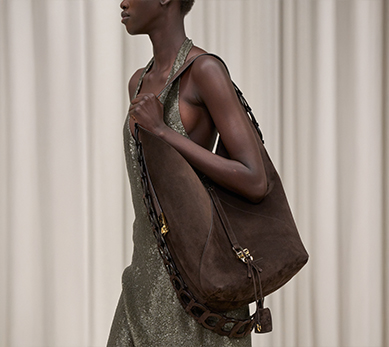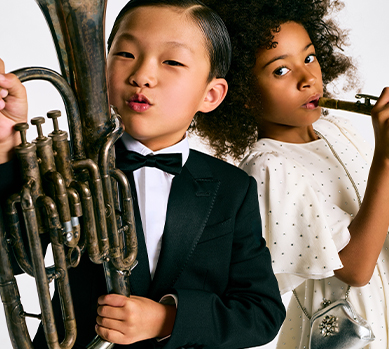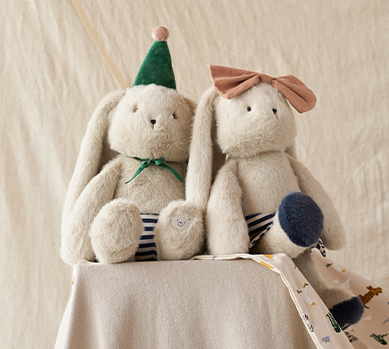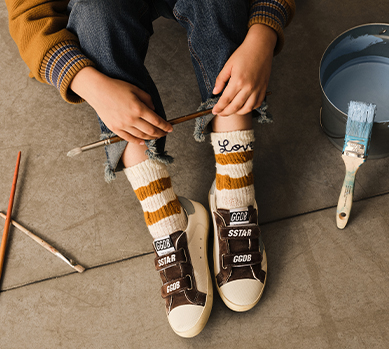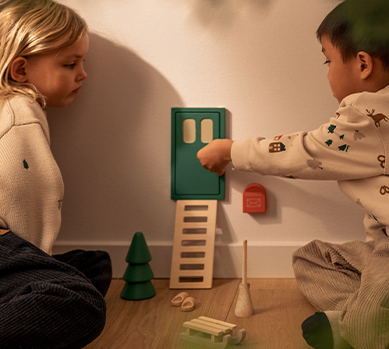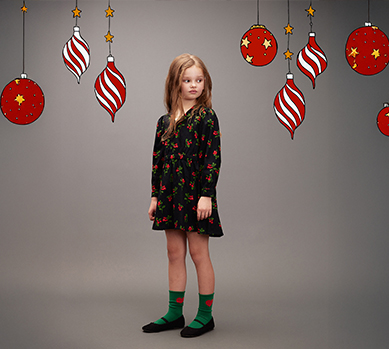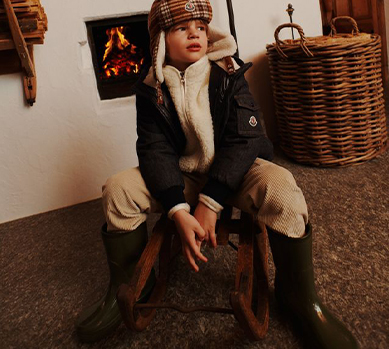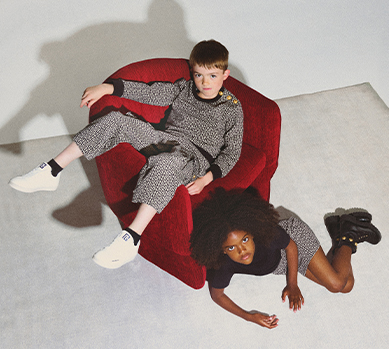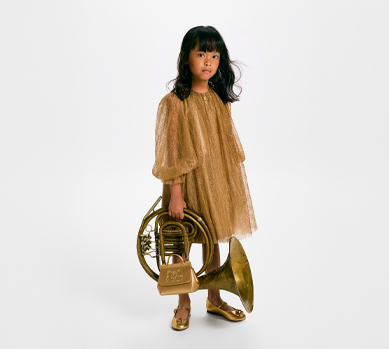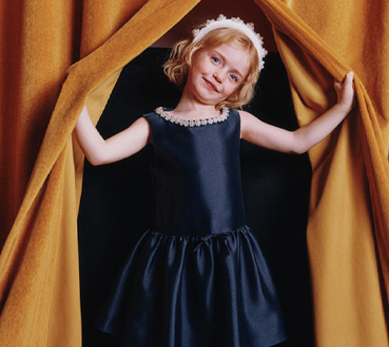How to Dress for a Wedding as a Man: Practical Tips and Inspiration
Fashion

How to dress for a wedding as a man? Practical tips and style ideas to look elegant and feel comfortable for any wedding dress code and occasion.
How to Dress for a Wedding as a Man: Practical Tips and Inspiration
Getting a wedding invitation is always good news. Joy, the prospect of a good time, seeing loved ones. But then comes that thought: what am I going to wear? Especially as a man, you want to look elegant, appropriate for the occasion, and still feel like yourself. We've put together some practical tips to help you create the perfect outfit.
What's the Dress Code?
Before you start rummaging through your closet or planning a shopping trip, it's crucial to understand the happy couple's expectations. Often, information about the required attire is right on the invitation. If it's not there, don't hesitate to discreetly ask the organizers or someone close to the newlyweds. It really makes things easier. Remember, it's their day, and your outfit is a way of showing respect.
The Most Common Wedding Dress Codes:
Black Tie: This is the highest level of formality, requiring a tuxedo, a white tuxedo shirt, and a black bow tie. It's rare for most American weddings unless specified, but if it is – there's no room for interpretation.
Formal / Semi-Formal: Here, an elegant, dark suit (navy or charcoal) reigns supreme, paired with a white or light-colored shirt and a tie or bow tie. A classic that always works.
Cocktail Attire: Slightly less formal than "Formal" but still elegant. It allows for more freedom in choosing colors and patterns – think a lighter-colored suit, shirt, tie (which can be optional), or even a blazer and chino combination. It's elegance with a touch of ease.
Smart Casual: Increasingly common, especially for more relaxed weddings, like those held outdoors. It's a neat blend of elegance and everyday comfort; this could be a sport coat, smart chinos or wool trousers, a shirt (even patterned), and loafers.
The Suit: A Classic with a Modern Twist
A men's suit is, for many, synonymous with men's wedding elegance. And rightly so. But which one to choose? Should you go for timeless classic, or perhaps something more contemporary?
The Foundation: A Well-Tailored Classic
If you're unsure what to choose, or if this is one of your first "serious" weddings, a navy or dark gray (charcoal) suit is always a safe and stylish choice. These are the cornerstones of a man's wardrobe, upon which you can build the rest of your look. It's crucial that it fits perfectly. Even the most expensive suit will look bad if it's too big or too small. Pay attention to the sleeve length of the jacket (it should reveal about a quarter to a half-inch of the shirt cuff) and the length of the trousers (they should gently rest on your shoes, creating one slight break). Sometimes, a small adjustment by a tailor can work wonders.
A Touch of Individuality: Color and Texture
What if classic isn't enough for you? Contemporary men's fashion offers plenty of room to play. A light gray suit for a summer wedding? Why not. Bottle green or burgundy for the more daring? Absolutely, as long as it fits the character of the event and your style. Suits in subtle patterns like pinstripes or Prince of Wales check are also becoming increasingly popular. Remember, though, the bolder the pattern or color, the more subdued your accessories should be.
Let's not forget about the material. Wool is a classic, ideal for most of the year. In summer, linen or linen blends with wool or cotton work great – they provide thermal comfort. Velvet can be a showstopper for a winter, glamorous evening reception, but that's a choice for more advanced players.
The Shirt and Tie – Always the Perfect Duo?
You've got the suit. What's next? The shirt and tie (or bow tie) are the next pieces of the puzzle.
The Shirt
For a wedding, the safest choice is a classic white or light blue. Plain, no frills. French cuffs add elegance, but button cuffs are fine too. The most versatile collar will be a spread or point collar. They pair well with most tie knots. And if you want to subtly spice things up, a delicate micro-pattern on a men's shirt (e.g., a fine check, pinstripe) is acceptable if the rest of the outfit is toned down. Remember, the shirt is the backdrop for the tie and jacket, so it should complement, not compete.
Tie or Bow Tie?
This is often a matter of personal preference and the formality of the attire. A tie is more versatile. A bow tie adds a touch of flair or formality (especially with a tuxedo). If you choose a tie, make sure you have the right knot – Windsor, half-Windsor, or a simple four-in-hand are the most popular options.
Color and Pattern?
Here you can allow yourself more freedom, but remember to harmonize with the rest of your outfit. The tie or bow tie shouldn't "shout" louder than you do. Consider whether it should be a counterpoint to the shirt or a subtle complement.
And What About a Pocket Square?
This small piece of fabric in your jacket pocket is the finishing touch to any elegant outfit. It doesn't have to be identical to the tie, but it's good if its color scheme refers to some element of your attire. This is where your creativity can shine.
Shoes and Accessories
They say you can tell a man by his shoes. There's some truth to that. Even the most beautiful suit will lose its value if you pair it with worn-out or mismatched shoes.
The Footwear Canon
For a dress suit, classic leather Oxfords (most formal, with a closed lacing system) or Derbys (with an open lacing system, slightly less formal) are best. For a navy or gray suit, black or dark brown men's shoes are ideal. Black is more formal. Remember to keep your shoes impeccably clean and polished. This is an absolute must. For less formal weddings, like boho or rustic styles, elegant loafers are also acceptable. However, even then, they must be well-maintained.
Details That Matter
- Belt: Should be leather and color-coordinated with your shoes. A discreet buckle, without large logos. Simplicity is often synonymous with elegance. Consider choosing an elegant men's belt.
- Socks: Long, so they don't reveal a bare calf when you sit down. Color? The safest bet is to match them to your pants or shoes. The more daring can opt for patterned socks, but that's a higher level of style and requires a good sense of taste. Consider whether you want them to be a discreet background or a subtle, yet conscious, accent.
- Watch: Elegant, on a leather strap or metal bracelet. Leave sports models for other occasions. This is a detail that speaks of class. Check out the selection of men's watches.
- Cufflinks: If your shirt has French cuffs, this is a great opportunity to add a personal touch to your outfit. They can be classic, silver or gold, or more whimsical, perhaps related to your hobbies.
How to Avoid a Fashion Faux Pas?
A wedding isn't a fashion show, but everyone wants to look good and feel confident. How to avoid common mistakes?
- First, don't try to outshine the groom. It's his day. Your outfit should be elegant, but not overly extravagant. He's the star of the evening.
- Second, adapt your outfit to the season and venue. A linen suit for a winter wedding in a palace? Probably not. A velvet blazer for a summer garden party? That might be too heavy. Context is king. Always.
- Third, comfort is important. If you feel like you're wearing armor, you won't have a good time. Of course, elegance sometimes requires certain compromises, but find a happy medium. Dancing all night in shoes that are too tight is a scenario we want to avoid. Remember, you'll be in this outfit for many hours.
- Fourth, if you're going with a date, it's nice to subtly coordinate your colors. It's not about identical outfits, but if your partner is wearing, for example, a women's dress in shades of burgundy, a tie or pocket square in a similar color can be a nice touch. It shows attention to detail and creates a cohesive look for the couple.
Finally, a small piece of advice: prepare your outfit the day before. Check if everything is clean, ironed, and if all buttons are in place. You'll avoid unnecessary stress on the wedding day. It's a small but very important part of the preparation. When dressing for a wedding, remember that the most important thing is to feel good and authentic. Fashion is a tool to help you with that, not to limit you.


